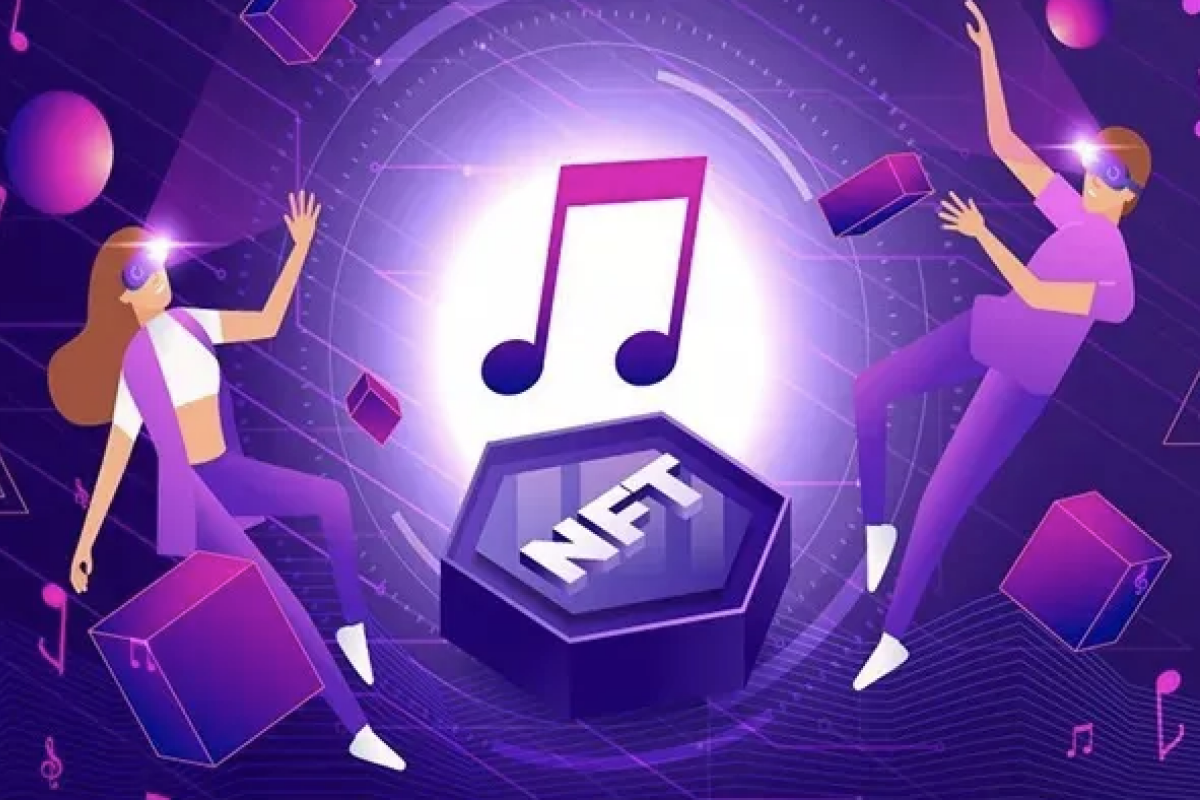
Blockchain is becoming a powerful tool for copyright protection and digital transformation in the music industry. Thanks to this technology, one global artist earned nearly USD 6 million in just 20 minutes.
In Vietnam, verifying music copyright in the digital environment remains a persistent challenge. This topic was once again spotlighted during a recent event held in Ho Chi Minh City on April 25.
According to Phan Vu Tuan, Vice President of the Ho Chi Minh City Intellectual Property Association and Head of Phan Law Vietnam, digital transformation in the music industry is inevitable for adaptation and growth. However, the rise of AI and deepfake technologies has complicated efforts to detect copyright violations. Meanwhile, collective management organizations (CMOs) currently lack the technological capabilities to monitor global digital content at scale.
Holding individuals or anonymous accounts accountable for infringements is also a growing legal hurdle. Moreover, AI-generated music works are currently not eligible for copyright protection, creating a significant gap in commercial exploitation and rights distribution.
To address these challenges, Tuan proposed the application of blockchain and digital rights management (DRM) technology in defining and managing intellectual property rights. He also recommended improving the legal framework and strengthening international cooperation in the music sector.
Lê Nguyen Tra My, a member of the HCMC Blockchain Association, echoed these views. She emphasized that blockchain and Web3 technologies could support digital transformation by enabling clear ownership identification, monetization, and rights protection.
According to My, about 80% of artists do not hold the copyright to their own creations. In 2024 alone, Vietnam saw 79 music copyright lawsuits, with notable cases involving popular tracks like Hong Nhan and Anh Nha O Dau The. Many songs have been re-uploaded or reused across platforms without proper authorization.
She also highlighted that under traditional distribution models, even when a song racks up billions of streams on platforms like Spotify, artists typically receive only 20–30% of the revenue. The majority goes to record labels and distribution platforms. This reality has left many emerging artists feeling that their creative efforts are undervalued.
Through Web3, artists can now independently define ownership, sell directly to fans via NFTs (non-fungible tokens), and receive royalties automatically without intermediaries. Blockchain technology enables the attachment of unique identifiers to each work, which verifies ownership and instantly detects infringement.
Notable success stories include singer Grimes, who sold USD 6 million worth of NFTs in just 20 minutes, and Vietnamese rapper Binz, who released 900 NFTs for his track Don’t Break My Heart, pioneering a new model of independent music distribution.
Web3 is redefining the music landscape - artists no longer just release music for listening, but also as exclusive digital assets. This enables both artists and fans to share in the value.
However, My acknowledged that many artists remain hesitant to adopt these new technologies due to unfamiliarity with digital terminology.
Experts believe that integrating modern technologies such as AI and blockchain will help solve long-standing copyright protection issues in music, enhance enforcement capabilities, and open the door for global reach.
With digital transformation, these technologies offer immense potential - but they also demand concrete measures to safeguard creativity in a borderless digital world.
Le My